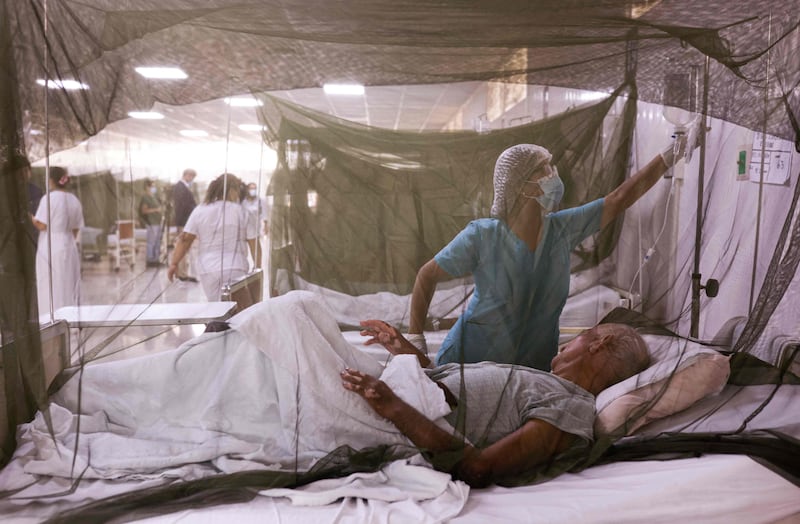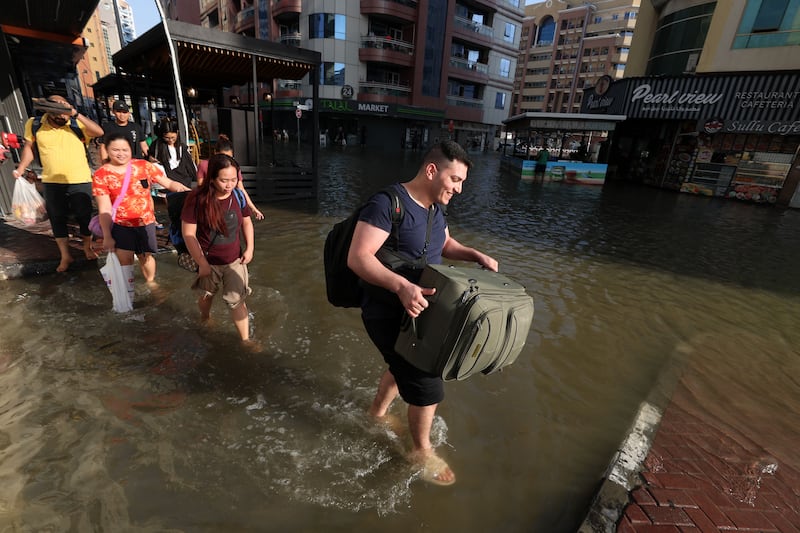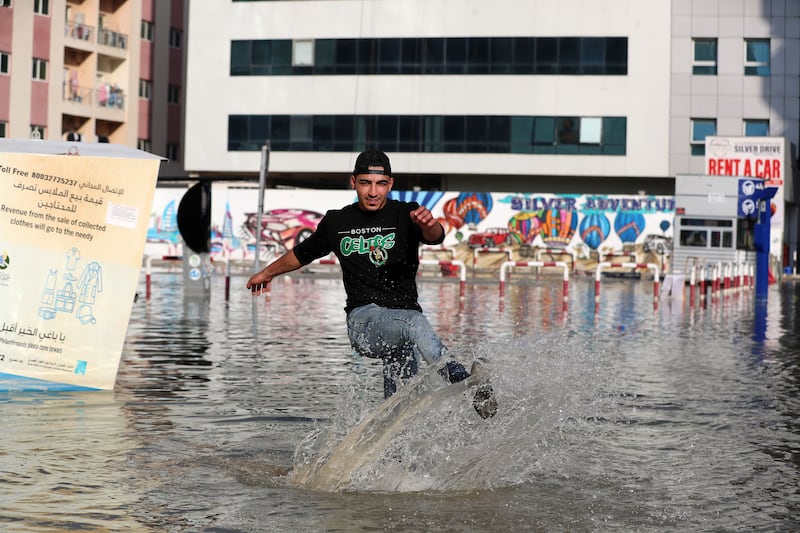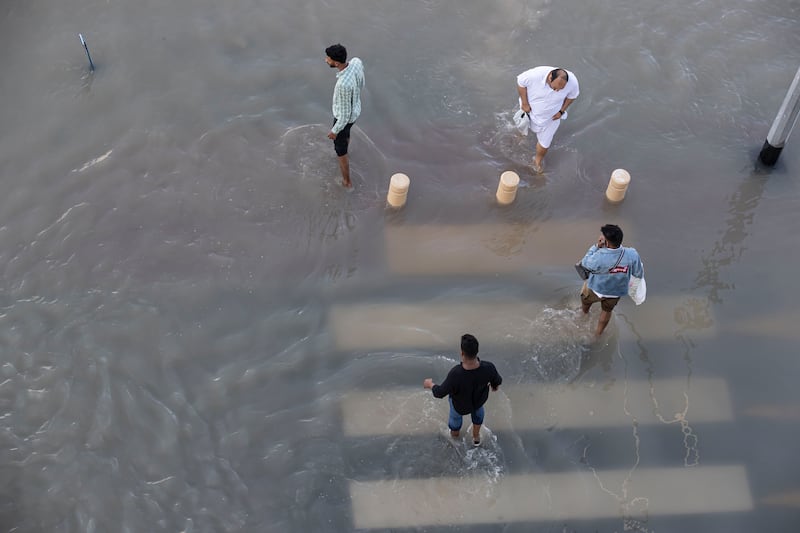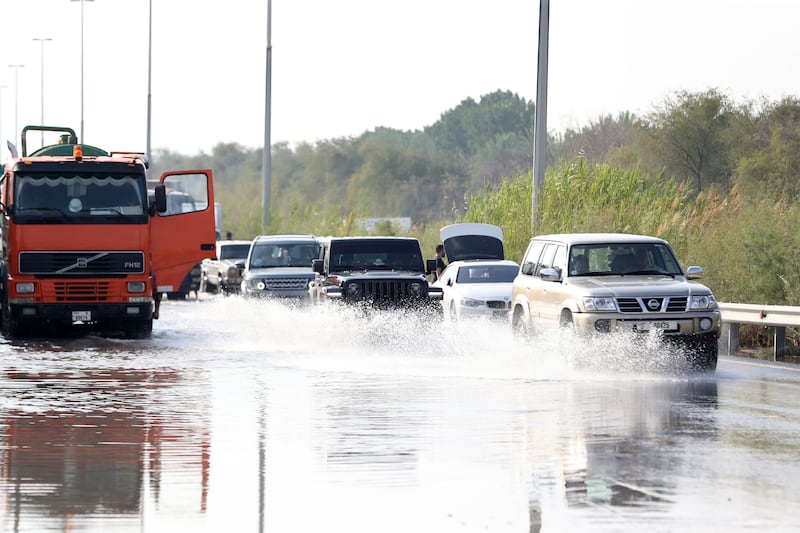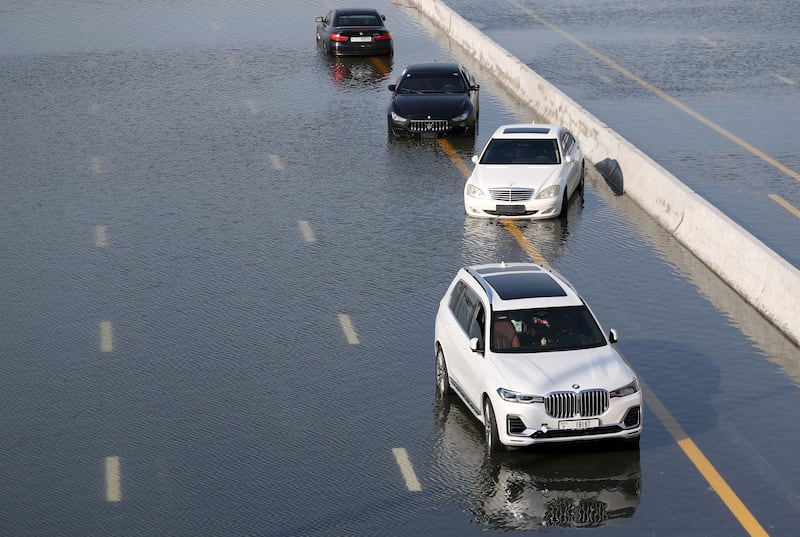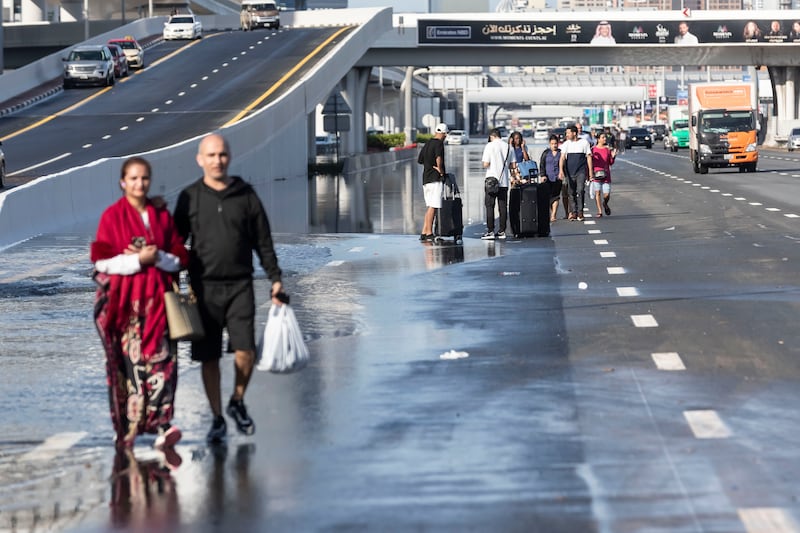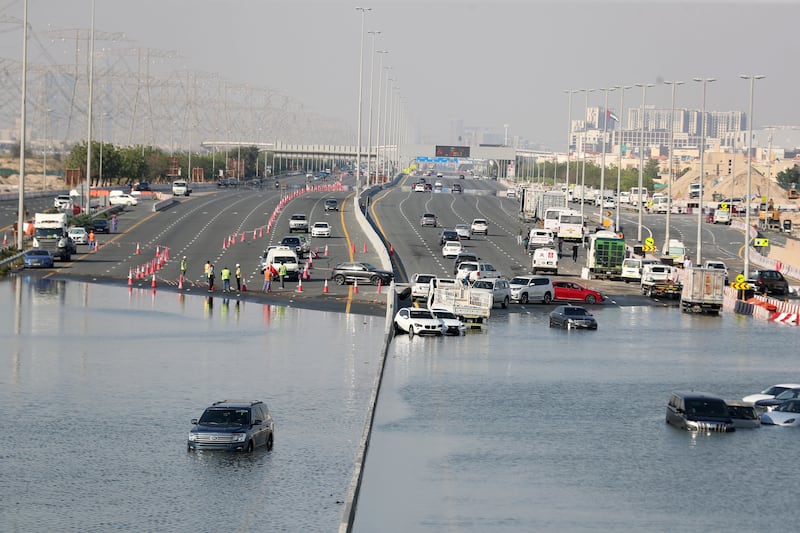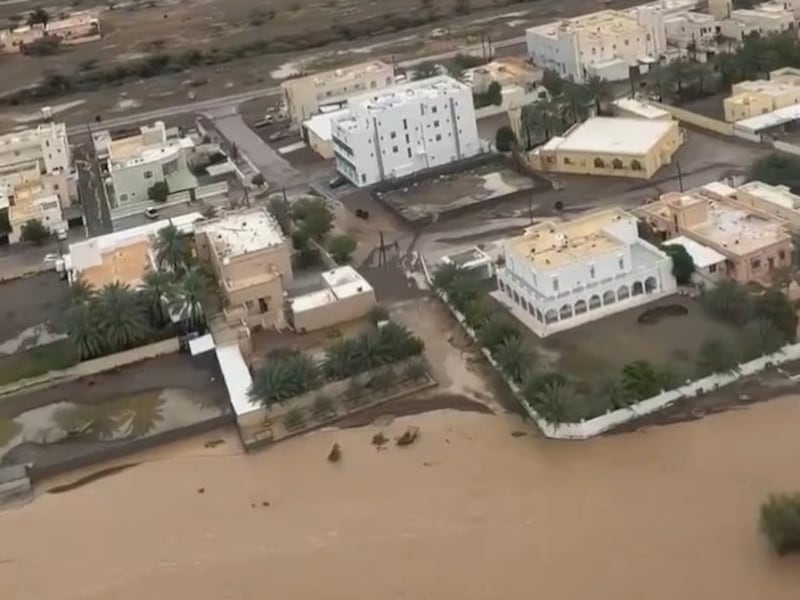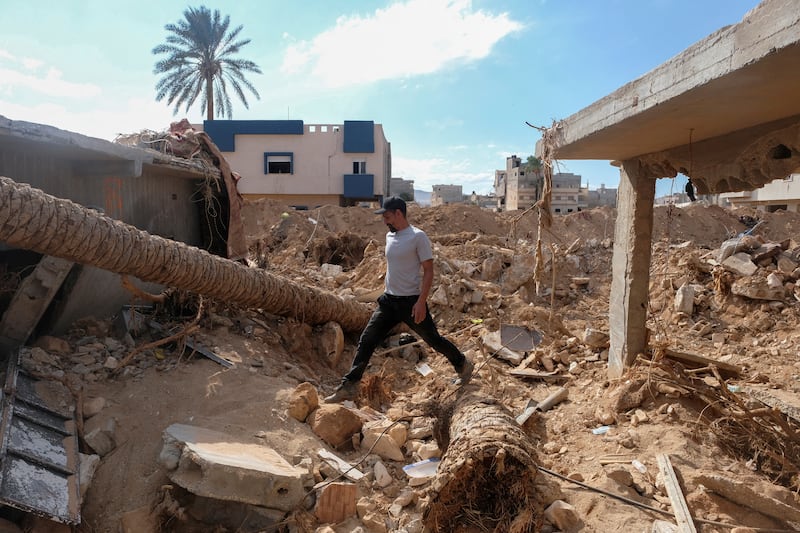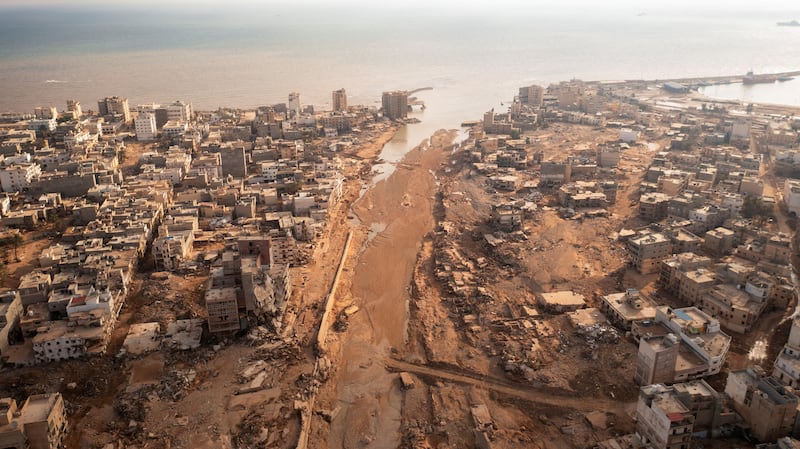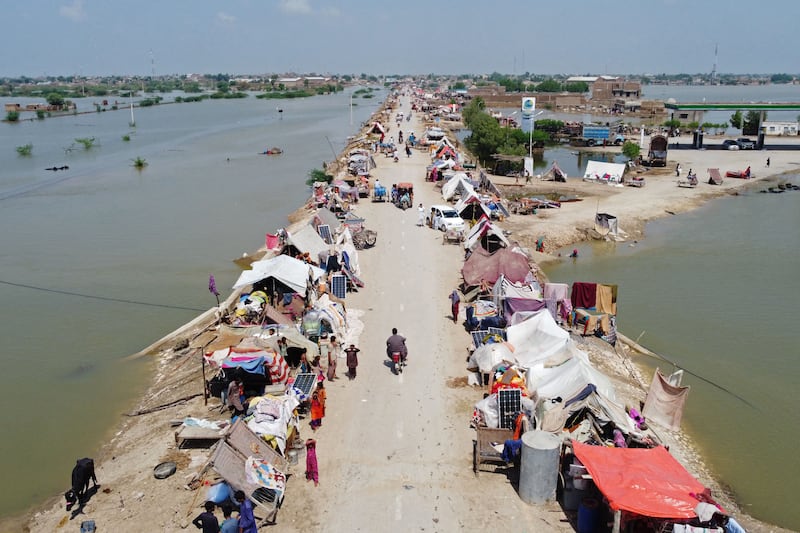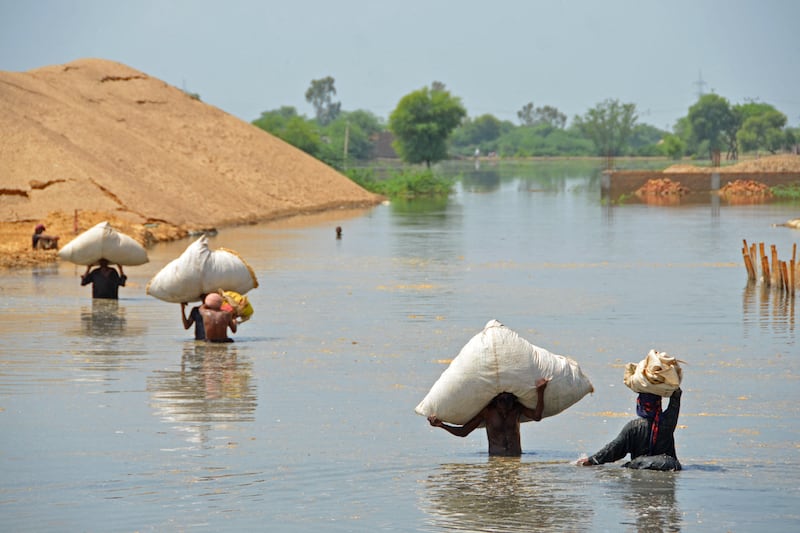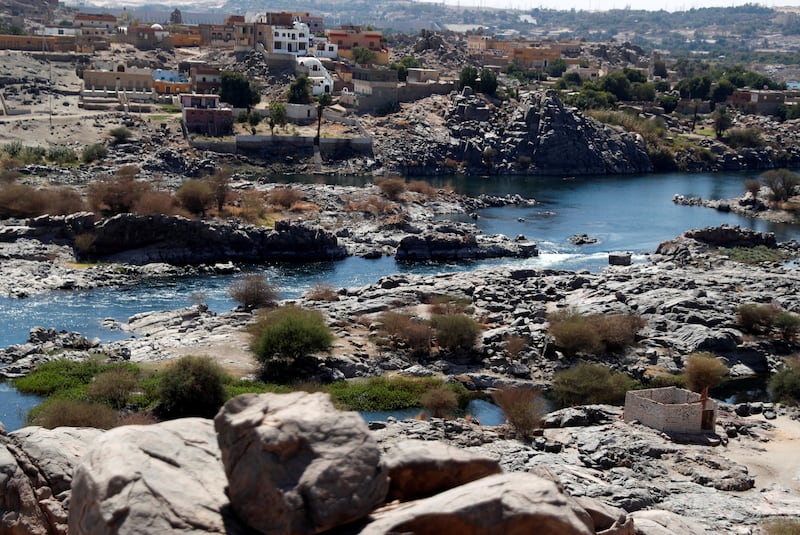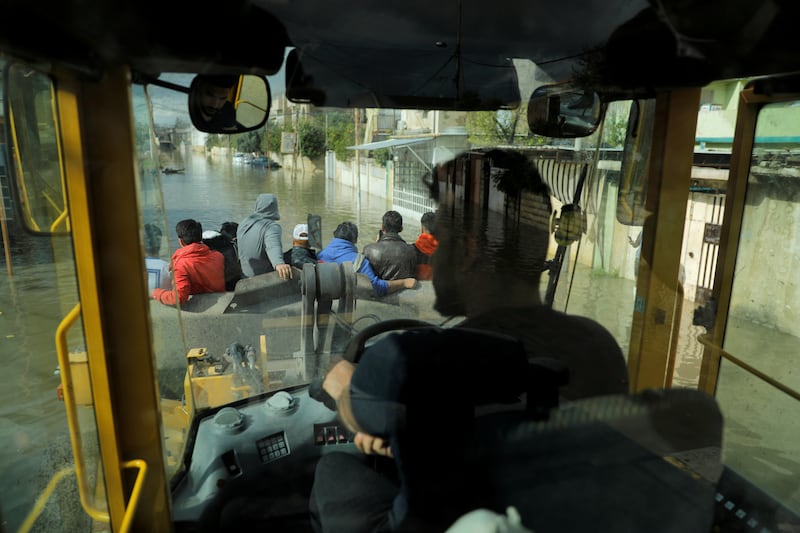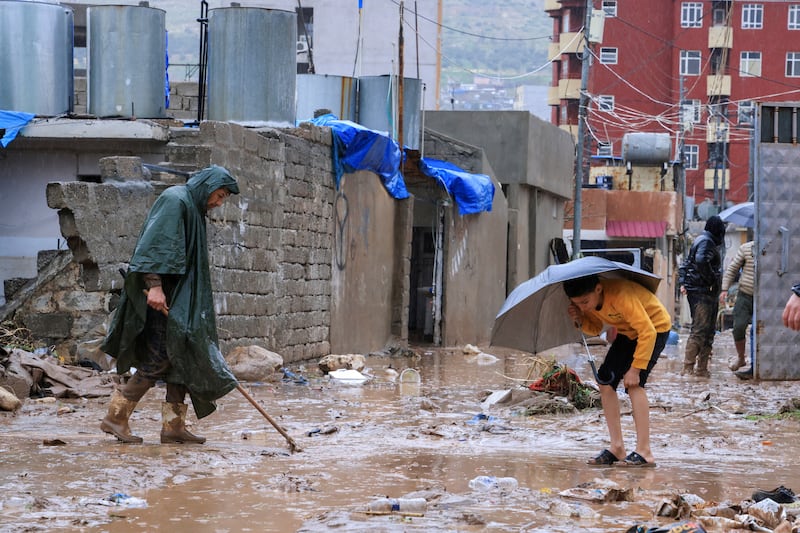Climate change is placing more people at risk of mosquito-borne diseases such as dengue fever, extending the seasonal window and creating frequent outbreaks that will become increasingly difficult to deal with, experts have said.
The geographic range of vector-borne diseases has expanded rapidly in the past 80 years, placing more than half the world’s population at risk.
Experts warn that due to accelerating global warming and urbanisation, cases are set to spread across currently unaffected parts of northern Europe, Asia, North America and Australia over the next few decades.
As a result, an additional 4.7 billion people will be placed in danger if emissions and population growth continue to rise at their current rate.
The warning – which will be shared in a presentation at this year’s Global Congress held by the European Society of Clinical Microbiology and Infectious Diseases – comes after a report by The National last month revealed global cases of dengue are rising sharply, with a number of Arab nations in particular experiencing an increase in cases in recent months.
Medics in Dubai said although numbers of infected patients suffering from the debilitating tropical disease requiring care were low, several cases had been reported to health authorities in recent months.
Prof Rachel Lowe of the Catalan Institution for Research and Advanced Studies will tell the forum substantially more people will be placed at risk of mosquito-borne diseases due to warming temperatures.
She said: “Global warming due to climate change means that the disease vectors that carry and spread malaria and dengue can find a home in more regions, with outbreaks occurring in areas where people are likely to be immunologically naive and public health systems unprepared.

“The stark reality is that longer hot seasons will enlarge the seasonal window for the spread of mosquito-borne diseases and favour increasingly frequent outbreaks that are increasingly complex to deal with.”
Dengue cases have been largely confined to tropical and subtropical regions because colder temperatures kill the mosquito’s larvae and eggs.
But longer, hotter seasons have resulted in dengue becoming the most rapidly spreading mosquito-borne viral disease in the world.
Nine of the 10 most hospitable years for dengue transmission have occurred since 2000, resulting in the disease spreading in 13 European countries, with localised transmission in France, Italy and Spain last year.
According to the World Health Organisation, the number of dengue cases reported has increased in the past two decades from 500,000 in 2000 to more than 5 million in 2019.
Dengue fever in 2023 - in pictures
“Droughts and floods linked to climate change can lead to greater transmission of the virus, with stored water providing additional mosquito breeding sites," Prof Lowe said.
“Lessons from previous outbreaks underscore the importance of assessing future vector-borne disease risks and preparing contingencies for future outbreaks."
Experts say if global warming was limited to 1°C, the population at risk of malaria and dengue would be expected to increase by an additional 2.4 billion people by 2100, relative to 1970-1999.
But if high carbon emissions and population growth continue, nearly double that number – 4.7 billion – would be placed at risk by the end of the century.
Experience shows infectious disease outbreaks can follow El Niño and other extreme climatic events such as severe floods, prolonged droughts, tropical cyclones and heatwaves.
“El Niño events that occur every two-seven years cause hotter and wetter weather, providing ideal conditions for water-borne and mosquito-borne disease outbreaks, allowing disease-carrying insects like the Aedes aegypti and Aedes albopictus mosquitoes, which spread the viruses that cause Zika and dengue, to proliferate,” Prof Lowe said.
The Zika pandemic that emerged in Brazil in 2015 was a product of the El Niño connection – months of warmer-than-average temperatures helped fuel the spread of the virus that infected 1.5 million people.
And the current El Niño is now one of the strongest on record, catapulting it into rare ‘super El Niño’ territory.
Prof Lowe said: “With climate change seeming so difficult to address, we can expect to see more cases and possibly deaths from diseases such as dengue and malaria across mainland Europe.
"We must anticipate outbreaks and move to intervene early to prevent diseases from happening in the first place.
“Efforts need to focus on enhancing surveillance with early warning and response systems similar to those seen in other parts of the world, to more effectively target finite resources to the most at-risk areas to control and prevent disease outbreaks and save lives."
The effects of climate change on the Middle East region - in pictures
By combining disease-carrying insect surveillance with climate forecasts, researchers are developing ways to predict when and where epidemics might occur and direct interventions to the most at-risk areas in advance.
One similar project, which is being led by Prof Lowe, is using a powerful supercomputer to understand how climate and disease transmission are linked to predict mosquito-borne disease outbreaks in 12 countries.
"By analysing weather patterns, finding mosquito breeding sites with drones and gathering information from local communities and health officials, we are hoping to give communities time to prepare and protect themselves," she said.
“But ultimately, the most effective way to reduce the risk of these diseases spreading to new areas will be to dramatically curb emissions.”
